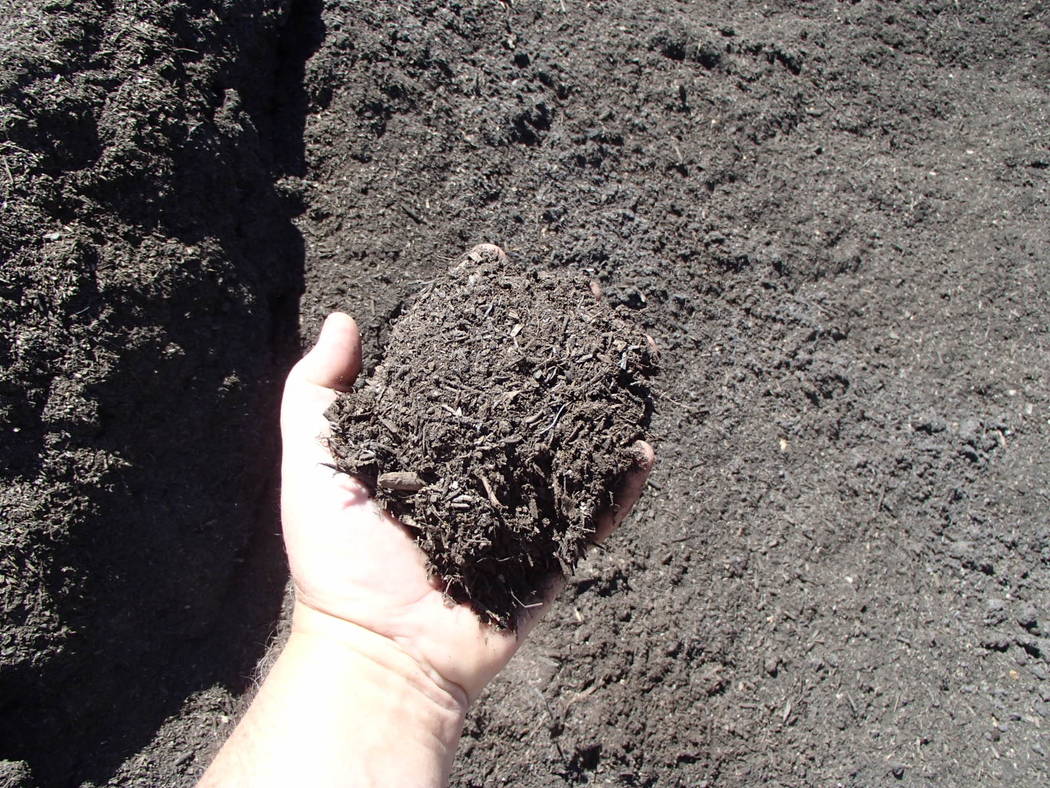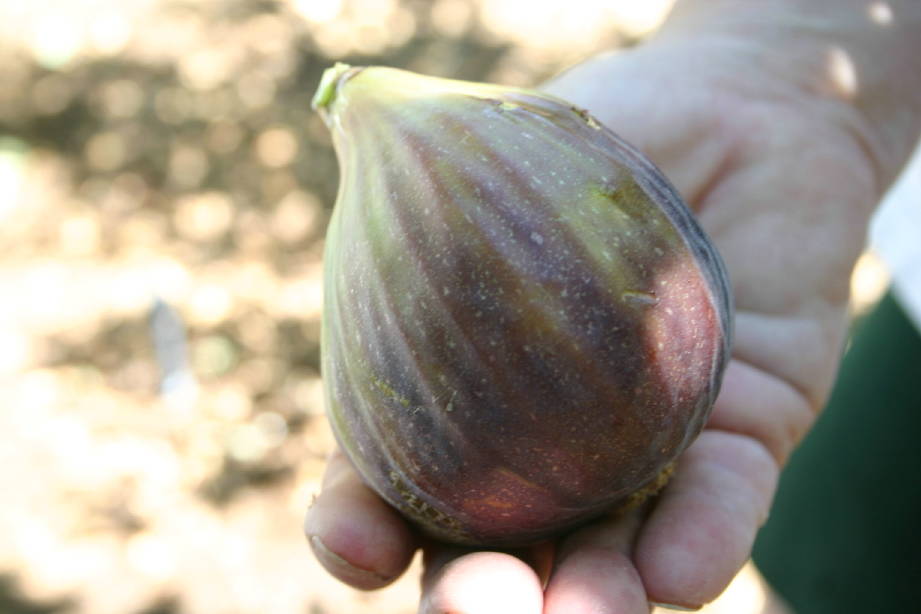Coffee ground can be used to improve plant growth
Q: Is it a good idea to work coffee grounds into the soil in flower beds? Does it help?
A: Yes, coffee grounds are good. They add some, but not all, nutrients needed by plants and improve soil structure for better water drainage and air movement to the roots. This, in turn, improves plant growth. Add it to the soil just before planting.
Coffee grounds are better if composted first, but adding them raw is one step in helping improve the soil.
Don’t rely on coffee grounds alone. For instance, don’t go to your local Starbucks and add 100 pounds of coffee grounds to a 4-by-8 planter or raised bed and call soil preparation done.
Adding only coffee grounds is like eating only corn and expecting to maintain a healthy diet. You need a variety of different foods to remain healthy. Your garden also needs a variety of healthy ingredients from different amendments for plants to remain healthy.
A variety of minerals are needed by plants. Provide this by decomposing a wide variety of things in your garden soil in addition to coffee grounds.
There is plenty of nitrogen in raw coffee grounds, but this nitrogen isn’t yet released or available for plants. Releasing this nitrogen to plants is done through composting or letting it sit in the soil and decompose. That’s what composting is: It’s controlled decomposition.
Other things to add in small quantities to garden soil include wood ashes (no ash from coal or petroleum sources), finely ground kitchen scraps (use a blender with a little bit of water to grind up scraps to a small size), shredded paper with black ink, shredded cardboard, sawdust from wood (not particle board), leaves and grass clippings.
When added to garden soil, these ingredients rot over time and release minerals and nutrients. Make sure they are pulverized. The smaller the pieces, the faster they rot.
Stop and think about it. Compost piles mix a wide variety of things but lumped together and managed so they rot faster together. Finished compost makes a better soil amendment with a wide variety of plant nutrients.
Q: I have a Patrick giant fig tree. Is it the same as a Texas giant? If they are different, which one produces bigger fruits under the same conditions?
A: I have never grown any of the so-called “giant” fig trees, because they never interested me much. I focus more on the taste of the fruit, rather than its size. I have grown about 15 to 20 different varieties in the Mojave Desert climate, but none of them are marketed as “giant.”
I have produced figs from fig trees that were quite large. I am quite certain this was the breba, or first crop, not the main crop.
I believe the reason is that there was less fruit on the tree because of winter pruning, so the ones remaining got quite large. The less fruit on a tree, the larger the fruit will become. The amount of fruit produced by a tree has more to do with the number of leaves, their size and the percentage of leaves in full sunlight.
My experience is that smaller fruit has more flavor than large fruit. And smaller fruit is usually more nutritious. This is because the minerals and nutrients in the fruit are more concentrated.
So large-sized fruit has never been particularly attractive to me. To me, large-sized fruit is more about “bragging rights” than flavor.
Q: What is the best way to remove scale and aphids on bay laurel?
A: Scale is insects that have soft bodies and can crawl around from place to place when they are young. Once they have found a place to live, they build a house around it called a scale. Underneath that scale is a soft-bodied insect that is sucking plant juices.
The scale on the outside protects it from contact insecticides. Ants will move their young around just like they will aphids. The trick is to catch scale insects in their crawler stage, when they are very susceptible to just about anything, including soap sprays.
The most effective sprays are spray oils: horticultural oils, supreme oil, dormant oil, a bunch of different names. Many of them are petroleum oils derived from paraffin or mineral oil.
It’s a good idea to apply these oils twice during the winter and again in the spring after the plant has flowered. There are traps available to know when to spray, but you have to know which scale insect you are dealing with. So repeat applications of spray oils during the growing season is usually recommended and very effective.
Bob Morris is a horticulture expert and professor emeritus of the University of Nevada, Las Vegas. Visit his blog at xtremehorticulture.blogspot.com. Send questions to Extremehort@aol.com.
























